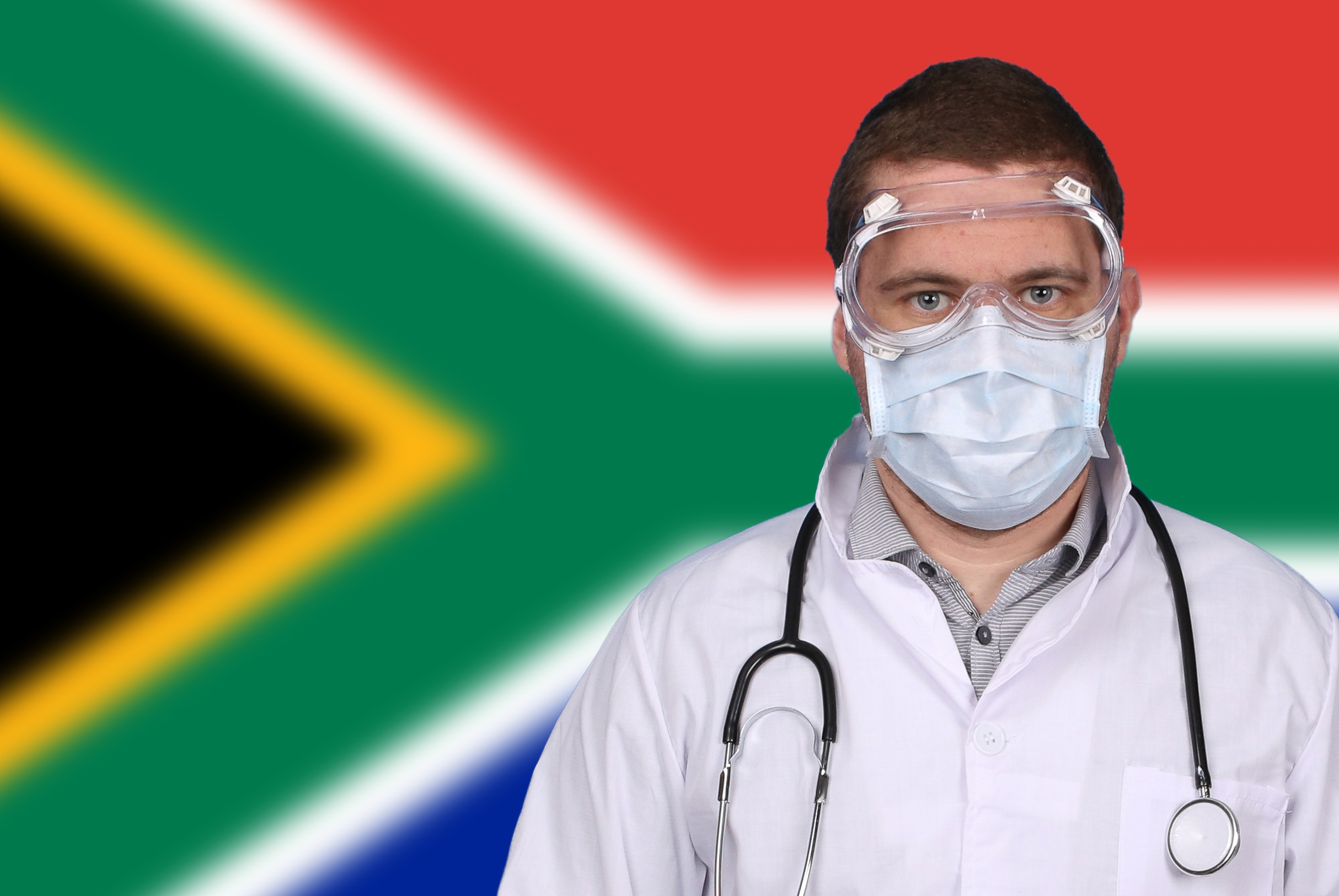5 Facts About Diabetes in South Africa

Diabetes is a disease that occurs when the pancreas is unable to produce or use insulin well, resulting in a high blood sugar level. When the body fails to make insulin at all, this results in Type 1 diabetes. With Type 2 diabetes, the body does not produce or use insulin effectively. Both types come with side effects that are detrimental to a person’s life. On the African continent, South Africa has the second largest population of people with diabetes. Here are five facts that you should know about diabetes in South Africa:
5 Facts About Diabetes in South Africa
- Diabetes is a leading cause of death in South Africa. With non-communicable diseases (NCDs) like diabetes on the rise globally, South Africa is no exception. In 2016, diabetes and other NCDs caused 16% of the total deaths in the country. Among the South African population, there is a major lack of awareness of the disease and access to proper healthcare. Because the prevalence of diabetes in South African adults is 12.8%, it is crucial that other countries continue to support the funding and research of diabetes in South Africa.
- There are many adverse side effects for those living with diabetes. Diabetics must consistently track their blood sugar levels to ensure they don’t go into a diabetic coma. Additionally, diabetics are two times likelier to experience cardiovascular problems, like heart attacks or strokes. Diabetes can cause an individual’s kidneys to stop working. In most healthcare facilities in South Africa, they lack the procedures necessary to help a diabetic undergoing kidney failure, like renal replacement therapy by dialysis or through transplant. Another symptom of diabetes is neuropathy – or nerve damage – in the feet, which can lead to infection or potential amputation. In healthcare centers in South Africa, there is little equipment available for testing nerve damage in the feet and symptoms like this can often slip under the radar. Through an increase in funding from other countries, individuals suffering from diabetes in South Africa can have access to more equipment and medication necessary for dealing with diabetes.
- Socioeconomic disparities and other factors contribute to the prevalence of diabetes in South Africa. In South Africa, proper healthcare is inaccessible in poorer communities. The deficiency of experienced health professionals and respectable clinics makes it hard for citizens to undergo testing or treat the disease if they have it. More than one million citizens in South Africa do not know if they are diabetic. With more accurate and accessible testing, a greater population can begin treatment for the disease. It is crucial that the government receive funding to build diagnostic centers and train medical staff.
- Diabetes in South Africa is preventable and treatable in many ways. The most effective way to decrease the prevalence of diabetes in South Africa is to prematurely educate citizens and encourage healthy decision making. South Africa is currently working towards this goal. One recent preventative measure taken by the South African government is the implementation of a sugar tax. By charging more for sugary drinks and foods, the government is fighting obesity and helping citizens make more conscious decisions. In July 2019, South Africa briefly launched a Diabetes Prevention Programme (DPP). The DPP aims to integrate intervention treatments into a culturally relevant context through household questionnaires and group gatherings for at-risk individuals. In the conclusion of this program, the DPP will focus on using the information they gathered to create a curriculum that can educate communities about diabetes.
- Many countries and organizations help by funding testing centers and medical treatment in South African cities. The International Diabetes Federation (IDF) works with several organizations in the South African region to help combat the severity of the disease through advocacy, funding and training. The three organizations that are a part of IDF are: Diabetes South Africa (DSA), Society for Endocrinology, Metabolism and Diabetes of South Africa (SEMDSA), and Youth with Diabetes (YWD). DSA is a nonprofit that centers around mobilizing volunteers to demand better treatment for those with diabetes, and also focuses on educating citizens and lobbying the government for better facilities and cheaper healthcare. Further, SEMDSA researches the genetic sources and causes of diabetes. This organization also promotes high standards of treatment and encourages the widespread availability of medicine.
Ultimately, it is crucial that the issue of diabetes in South Africa is at the forefront of the political agenda. With funding and research from other sources, the South African government can begin to tackle this massive health crisis.
– Danielle Kuzel
Photo: Flickr
